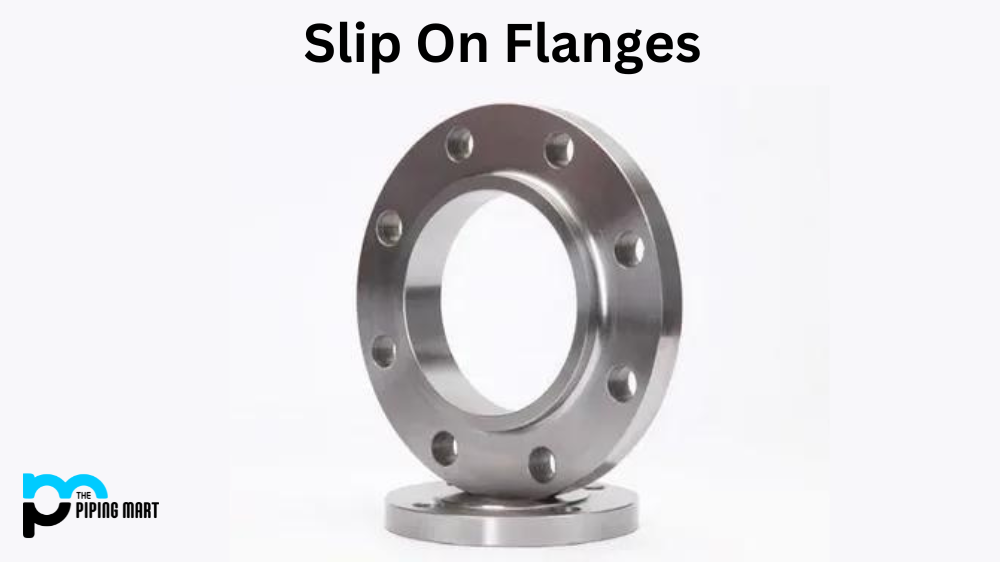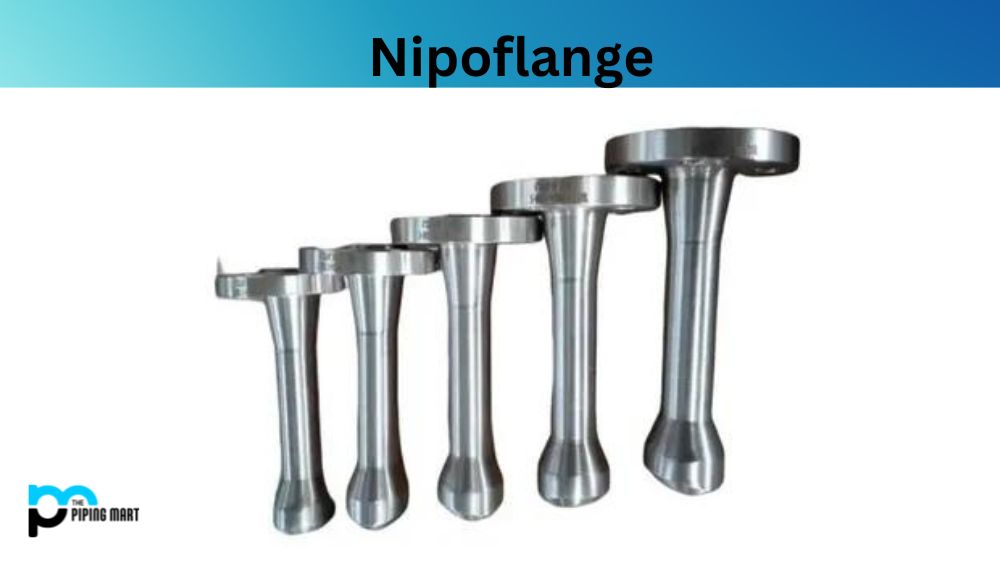If you work in an industry involving piping systems, you might have come across fixed flanges. Flanges are used as joining components to connect different sections of a piping system. The fixed flange is one of the most commonly used flanges, and it has its own advantages and disadvantages. This blog post will discuss the pros and cons of fixed flanges, helping you understand whether this type is the right choice for your application.
What is Fixed Flanges?
Fixed flanges are pipeline connection components used to connect two pipes (or other components) together. This type of flange is secured by welding the parts into place for a permanent, leak-proof fitting. They can accommodate different pipe sizes and offer flexibility in design for numerous applications.
Advantages of Fixed Flanges:
Superior Strength: Fixed flanges are designed to be extremely strong and durable. This means they can withstand high pressure and strain, making them perfect for applications where the piping system is subjected to heavy loads or stress.
Easy to Install: Fixed flanges are relatively easy to install due to their straightforward design. The installation typically involves bolting the flanges together, which can be done quickly and easily with minimal training.
Cost-effective: Fixed flanges are among the most affordable types of flanges. They are made from simple materials, and the manufacturing process is relatively simple. This means they can be mass-produced at a low cost and sold at an affordable price.
Wide availability: Fixed flanges are widely available, making them an accessible choice for many industries. You can easily find fixed flanges of different sizes and materials, making finding the right flange for your specific application easier.
Disadvantages of Fixed Flanges:
Limited flexibility: Fixed flanges are unsuitable for applications requiring flexibility. This is because they are rigid and do not allow movement or vibration. If your piping system needs to move or flex, consider other types of flanges.
More susceptible to damage: The rigidity of fixed flanges means they can be more susceptible to damage than other flanges. A sudden impact or heavy load can cause them to crack or break, resulting in costly repairs or replacements.
Higher maintenance requirements: Due to their design, fixed flanges require more maintenance than other flanges. This includes regular inspection and maintenance to ensure they are working properly and detect any signs of wear or damage.
Limited versatility: Fixed flanges are designed for specific applications and might not be suitable for all industries or systems. This means you must find alternative flange options if you have specific requirements or are working in a niche industry.
Conclusion:
Fixed flanges are a reliable and affordable choice for many different applications. They offer superior strength and easy installation, making them a popular choice for many industries. However, their rigidity means they are only suitable for some applications and require more maintenance than other flanges. This blog post has helped you understand the advantages and disadvantages of fixed flanges, allowing you to make an informed decision when choosing the right flange for your piping system.

Hey, I’m Krutik, a casual blogger expert in the metal industry. I am passionate about providing valuable information to my readers. With a background in engineering and construction, I like playing Cricket & watching Netflix shows in my free time. Thank you for visiting my blog, and I hope you find my information helpful!




